Best computer monitors for music production 2025: Increase your productivity with these all-seeing displays
Maximise your screen time with the second most important monitor in your studio – budget to pro options included

If you’ve spent time hunched over a tiny laptop screen, frantically dragging around plugin windows, piano rolls and mixer panels then you will know that when it comes to choosing the best computer monitors for music production, real estate is your friend. If you want to see your music productions come together properly, to get a great overview of your mixes, and to tweak your tracks to the minutest of detail, a dedicated monitor is the way to go. You will never see your music in the same way ever again!
Let’s be honest, one of the items in today's music production studio that deserves more attention is the humble computer monitor. With so many of us using PC and Mac DAWs to make music, the computer screen has become the key to seeing our music come together. It seems crazy, then, to use a tiny laptop screen or low-quality monitor to see these productions take shape.
Thanks largely to the gaming world, the computer screen has come on in leaps and bounds in recent years, and these top quality 4k, curved or ultrawide screens make ideal visual companions to your DAW workflow.
We've gathered the best of the current crop together for this guide, and present them to you here under specific categories so you can choose the perfect monitor depending on your studio space and workflow.
Our top picks
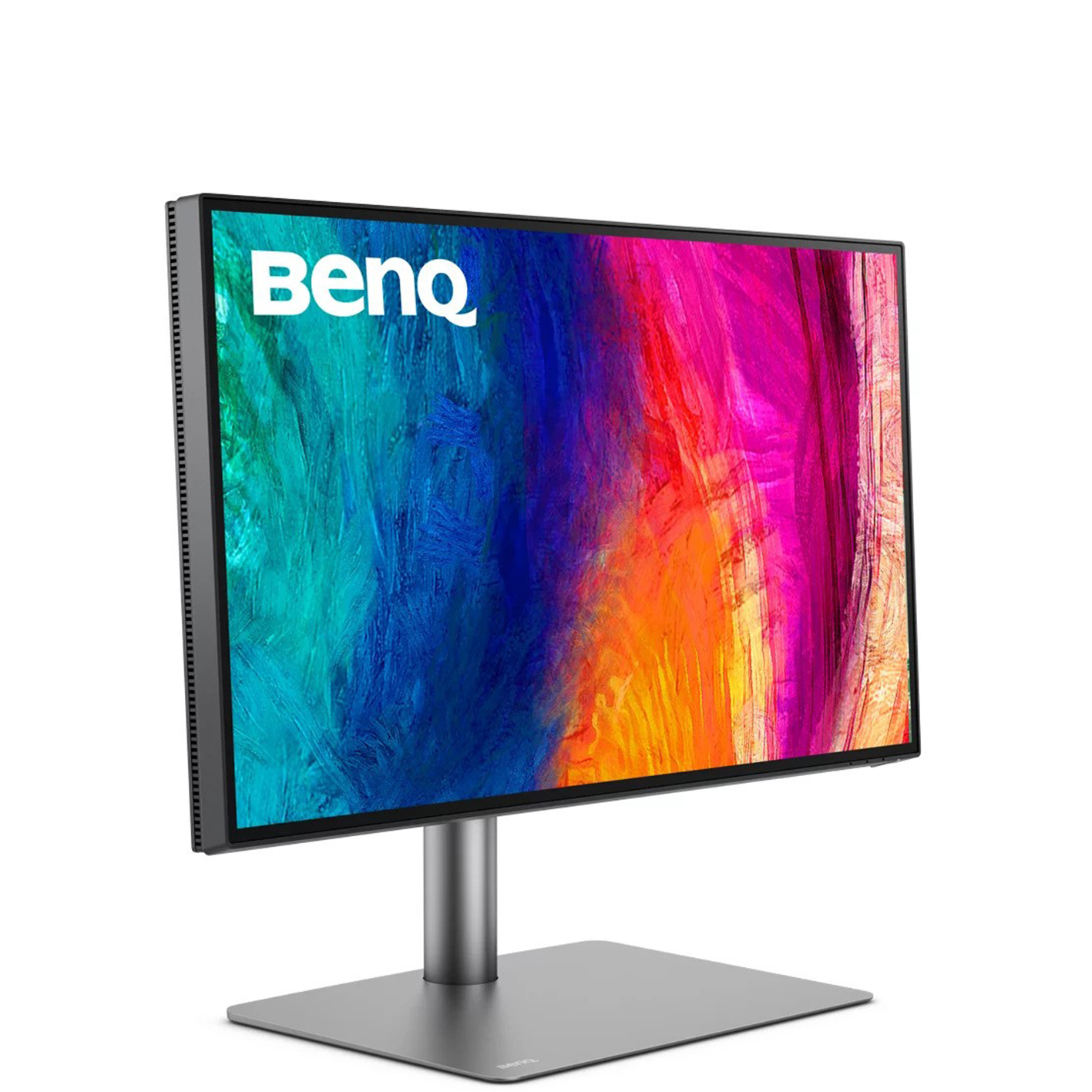
The BenQ PD2725U is our top-performing monitor as it is well-suited to all sorts of creative professionals, not just DAW users. With excellent colour accuracy, a range of connectivity options, and a sleek design, it is a very a solid choice, and it easily has enough features to justify the extra outlay.
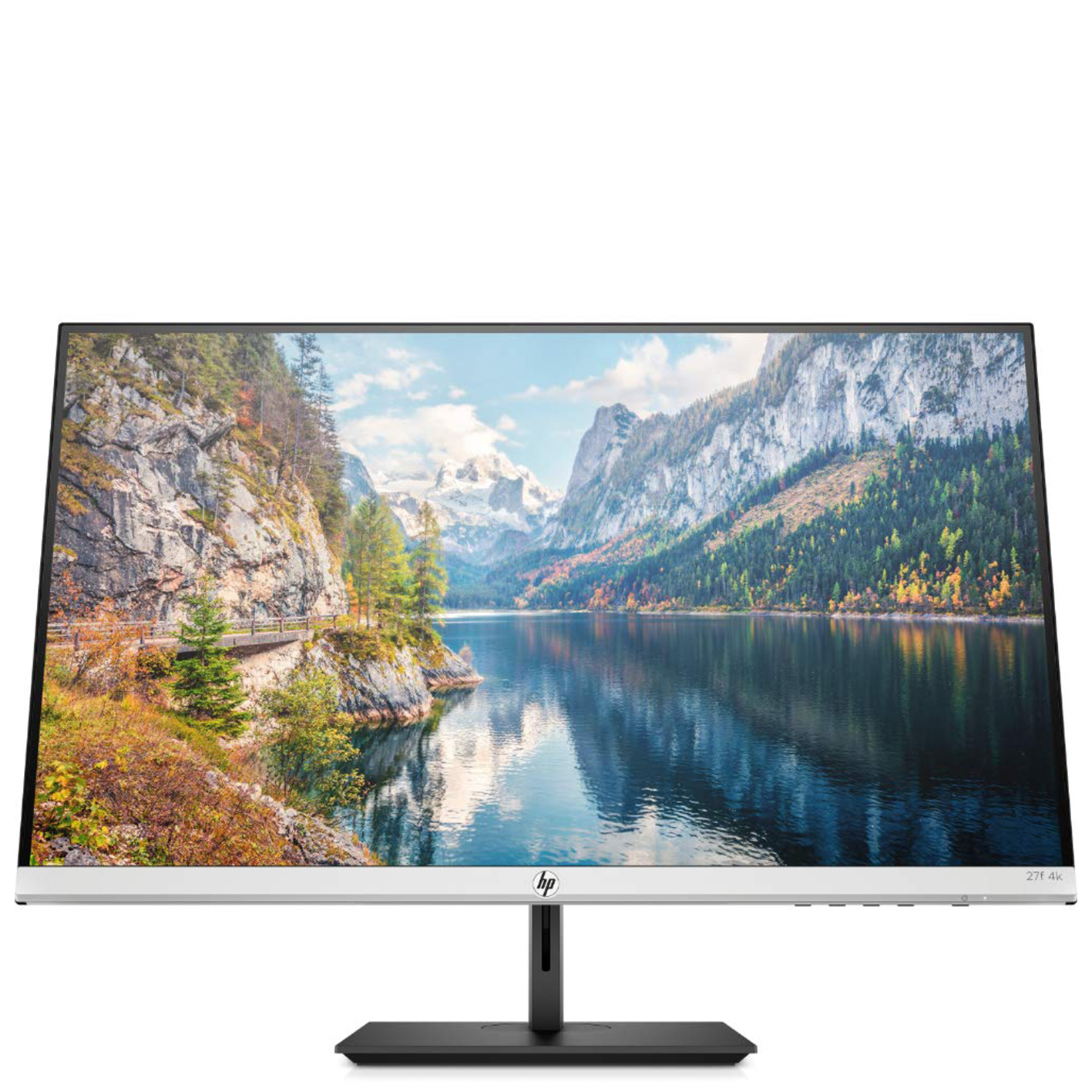
For the vast majority of home studio users, there is little need for the bells and whistles that come with high-end panels. The HP 27f does a superb job at providing everything a studio user would need, including a flat, bright 27” screen, a couple of HDMI inputs and a solid - if a little conservative - design.
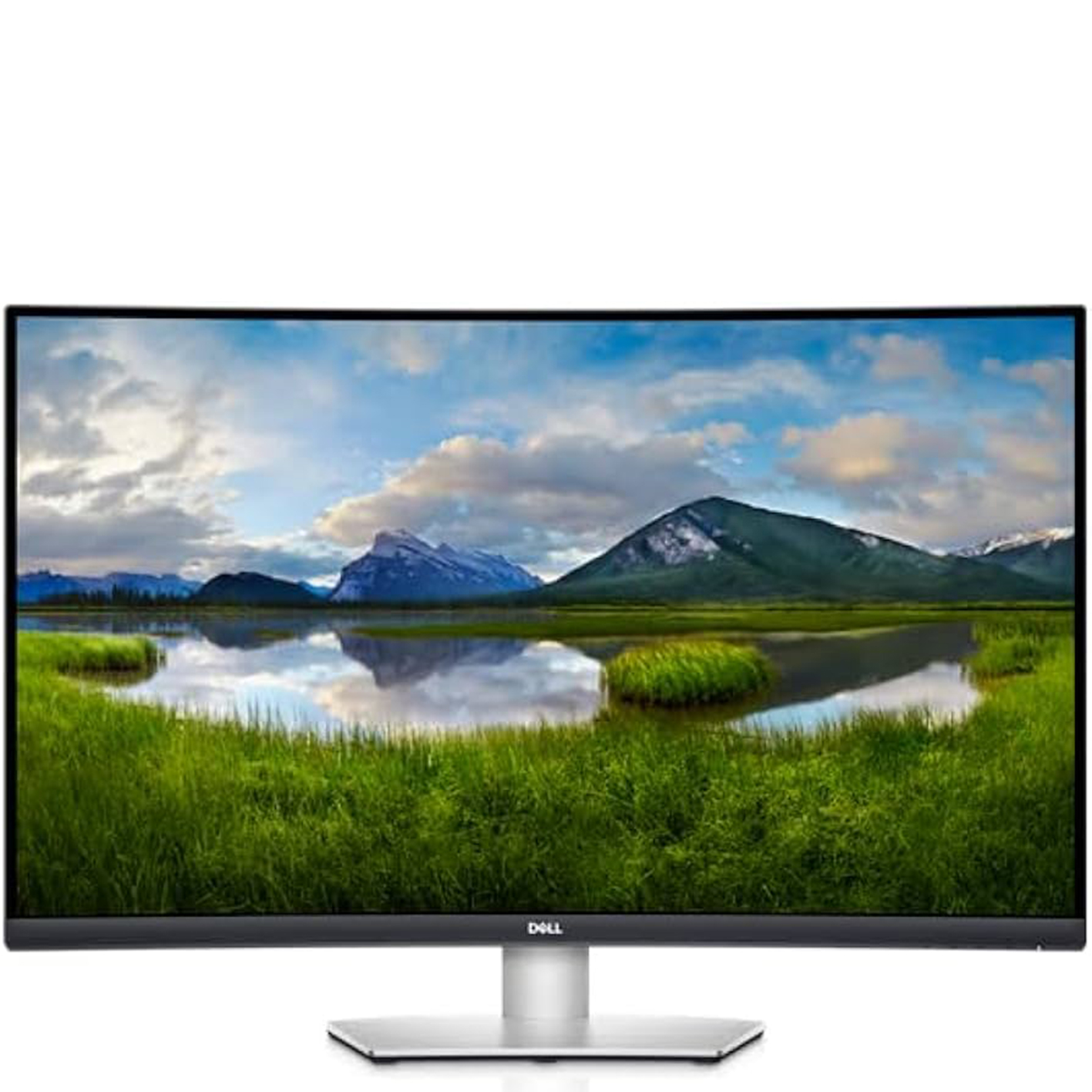
The Dell 4K S3221QS curved monitor not only looks good, but it matches its aesthetic with a great quality high-resolution panel and flexible multitasking features that's excellent for the price. While the lack of a USB-C port is a let down, the addition of decent speakers - tuned by Waves MaxxAudio - is a nice touch.
Best overall

1. BenQ PD2725U
Our expert review:
Specifications
Reasons to buy
Reasons to avoid
The BenQ PD2725U has a slim, sleek design and solid build, with a professional and modern appearance that will complement nearly any workspace. The 4K resolution and IPS panel provide clear, crisp images with excellent colour accuracy. The monitor has a wide colour palette and a relatively fast response time of 4ms to minimise ghosting, inaccuracies, and other artefacts.
The PD2725U's biggest plus point is connectivity. As well as Thunderbolt and USB-C, you get DisplayPort and HDMI inputs, making it easy to connect to various devices. The inclusion of Thunderbolt 3 allows for fast data transfer and PD charging, and is a good option for use with laptops.
Overall, the BenQ PD2725U is our top-performing monitor as it is well-suited to all sorts of creative professionals, not just DAW users. With excellent colour accuracy, a range of connectivity options, and a sleek design, it is a very a solid choice, and it easily has enough features to justify the extra outlay.
Best budget

2. HP 27f
Our expert review:
Specifications
Reasons to buy
Reasons to avoid
For the vast majority of home studio users, there is little need for the bells and whistles that come with high-end panels. The HP 27f does a superb job at providing everything a studio user would need, including a flat, bright 27” screen, a couple of HDMI inputs and a solid – if a little conservative – design.
The 27f isn’t likely to set too many hearts racing, but it does provide a sensible option for anybody who wants to buy a monitor and doesn’t fancy obsessing over tiny details.
Best curved 4k

3. Dell S3221QSA
Our expert review:
Specifications
Reasons to buy
Reasons to avoid
The Dell 4K S3221QS curved monitor not only looks good, but it matches its aesthetic with a great quality high-resolution panel and flexible multitasking features.
While the lack of a USB-C port is a let down, the addition of decent speakers is a nice touch. Are they anywhere near audiophile quality or good enough to mix with? Of course not, but these speakers, tuned by Waves MaxxAudio, sound better than most other monitor speakers.
As for the display, the 31.5” VA panel looks fantastic with as crisp and detailed an image as you would expect at that 4k resolution, and an accurate colour match to boot. Because of the curvature, even after hours of use, there’s no eye strain.
The Dell 4K S3221QS’s multitasking features are also a plus point, including Picture-in-Picture and Picture-by-Picture to view visual information from two different sources. You also get EasyArrange mode to organise all your tabs and apps.
The Dell 4K S3221QS is an excellent monitor that, despite some drawbacks, offers a lot of monitor for the price.
Best pro monitor
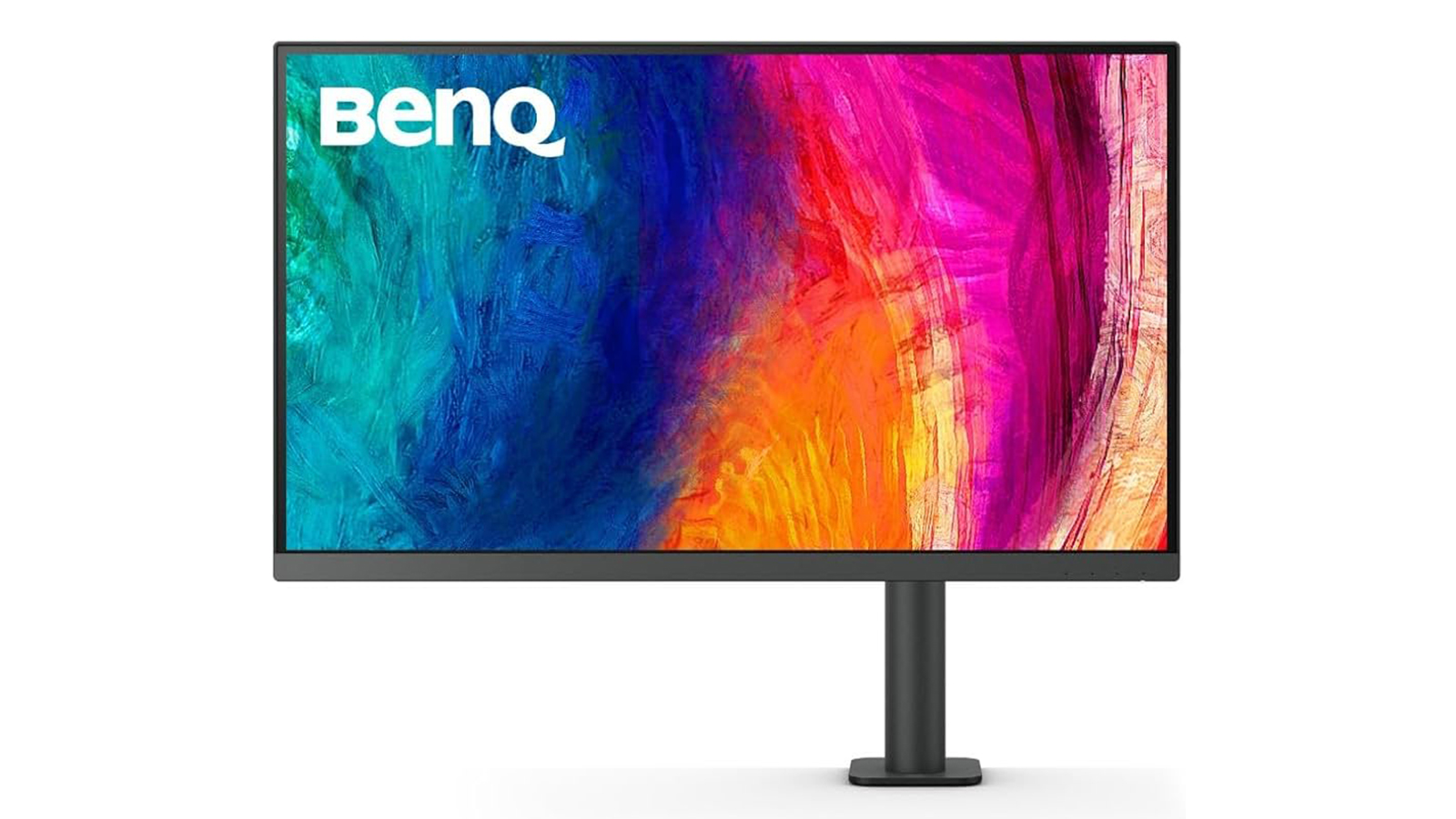
4. BenQ PD2705UA
Our expert review:
Specifications
Reasons to buy
Reasons to avoid
While this 27-inch monitor might seem small compared to some in this guide, this BenQ delivers the perfect visual experience in a monitor that doesn't overwhelm your workspace, and really is one of the best 4K monitors around.
The BenQ PD2705UA has a brilliant display that is suited to a huge range of tasks, whether for work or tasks like music production that require greater accuracy.
The monitor comes with a PD Ergo Arm which clamps onto the lip of your desk for stability, and you can then swivel the monitor to either side by a huge 275 degrees. There's great connectivity, and you also get useful Picture-In-Picture and Picture-By-Picture modes.
The only real factor that slightly lets the BenQ PD2705UA down is its price, but other than that this is a fantastic monitor, especially if your space is tight.
Best ergonomic monitor
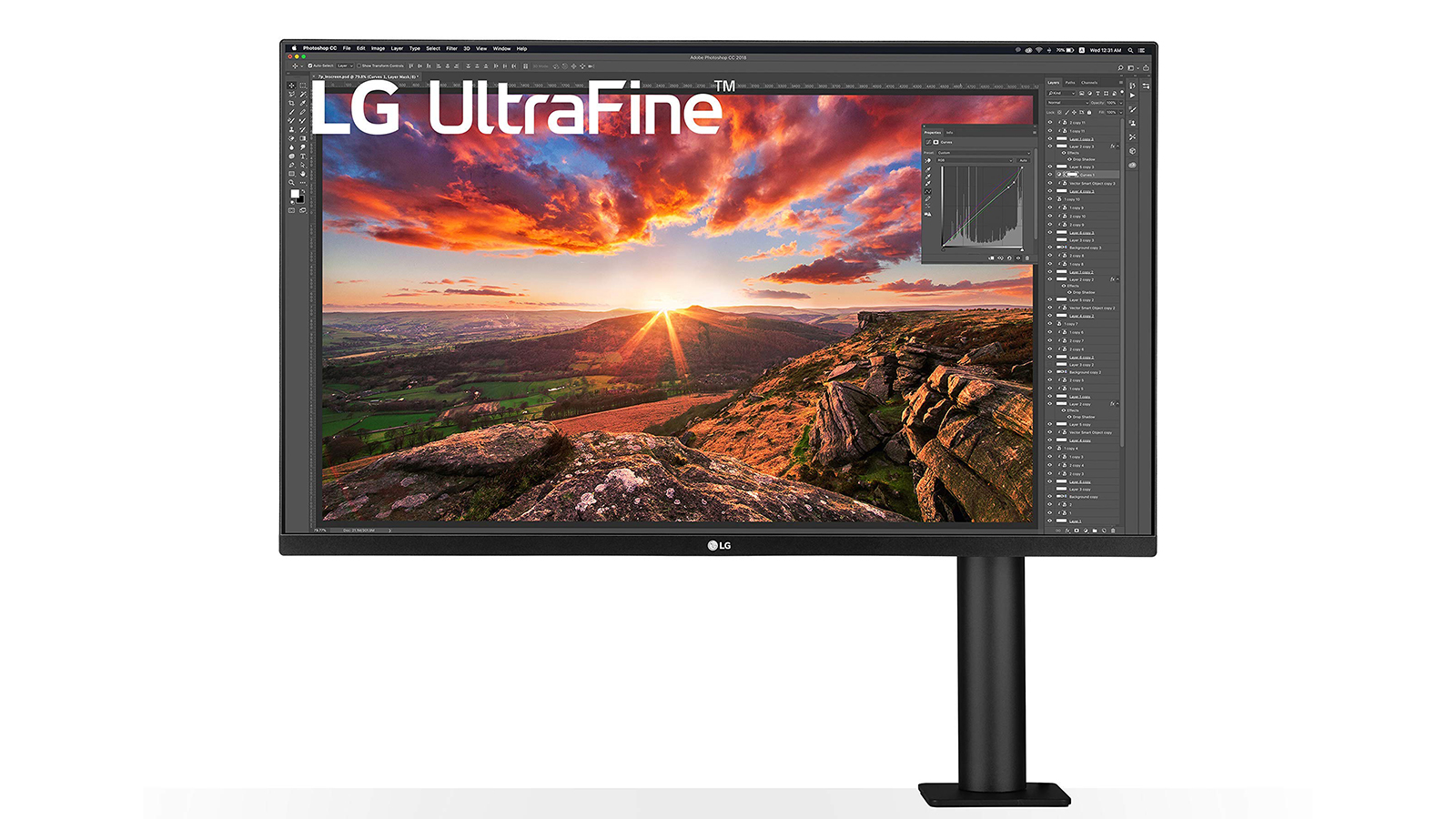
5. LG 32UN880
Our expert review:
Specifications
Reasons to buy
Reasons to avoid
This 32-inch monitor has incredible colour accuracy and a beautiful picture quality, and doesn't cost the earth, but as good as these qualities are, there is one that stands out even more: its ease of use.
The LG 32UN880 avoids the usual bog standard mount and stand that all monitors seem to have, and uses a C-Clamp, One Click Mount instead. This allows it to extend, retract, move high or low, tilt and pivot like no other screen out there. This alone almost justifies the already very approachable price tag.
Add in great connectivity and the LG 32UN880 UltraFine Display Ergo is a great option that will fit in most studios because of that stand, although if you have a more compact space, you might want to look at some of the smaller options here.
Best compact curved

6. MSI Optix AG32C
Our expert review:
Specifications
Reasons to buy
Reasons to avoid
You have to hand it to the gaming world, in many ways. A lot of the advancements we see in computer technology are the result of PC gamers constantly demanding more, better and bigger boosts from their gear.
The MSI Optix AG32C is a great example, packing in a huge 32” full HD screen which gives music producers a heck of a lot of space to work with. It’s another one with a curved screen, which makes sense when the panel is the size it is, while the 16:9 aspect ratio means session timelines will have plenty of room to breathe.
Best compact

7. ASUS ProArt PA248QV
Our expert review:
Specifications
Reasons to buy
Reasons to avoid
While primarily marketed as a monitor for graphic designers, on account of it featuring pro-level colour calibration, the ASUS ProArt series actually represent decent value for other creative pursuits. If, for example, video forms part of your workflow then the ProArt monitors are a great option.
We could see the ASUS ProArt PA248QV making an ideal second monitor, to supplement an existing setup. It’s fully adjustable in terms of its layout, so it could be placed vertically next to a main monitor and quite happily host your plugin interfaces, leaving a larger screen to handle DAW sessions.
Best large monitor
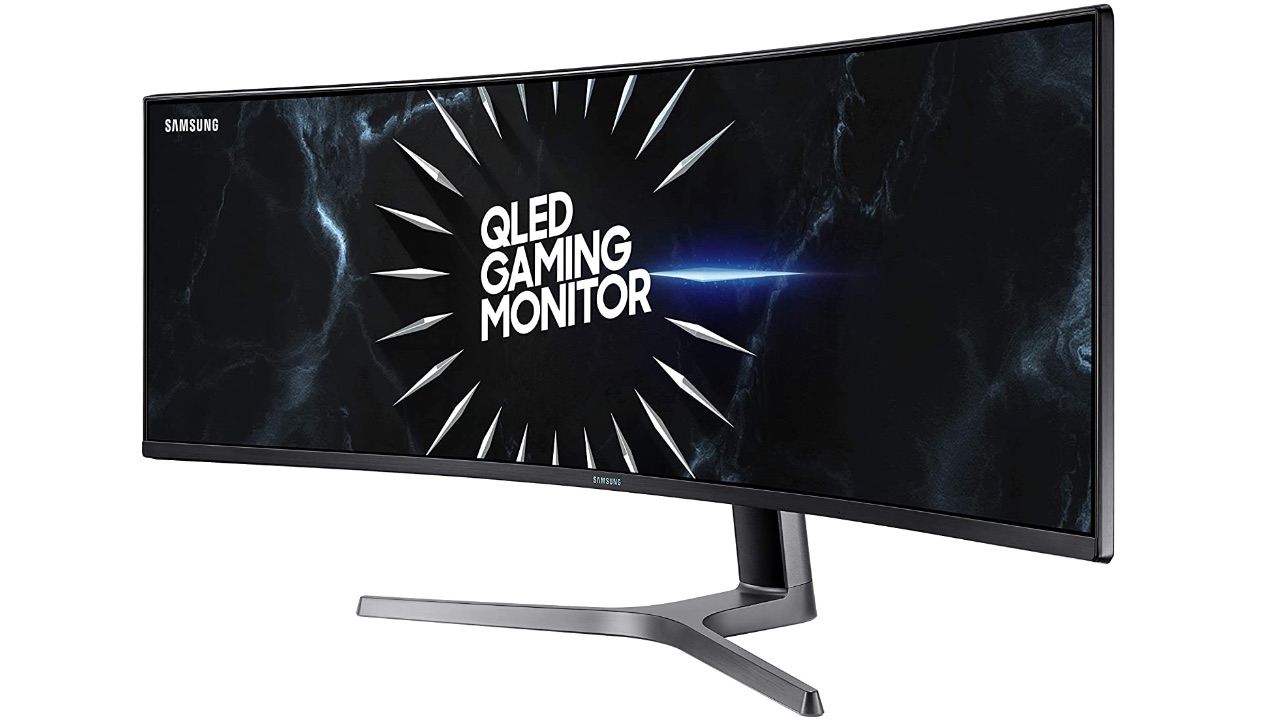
8. Samsung CRG9
Our expert review:
Specifications
Reasons to buy
Reasons to avoid
In the Samsung CRG9, there exists possibly the most crazy-looking monitor on the market today. While it’s nominally listed at 49”, it’s possibly better to picture two curved 27” monitors next to each other.
The QLED screen ensures the sharpest images – perfect for reading those tiny parameters in your DAW – while there is a whole host of connectivity onboard, albeit no USB-C.
It’s expensive, sure, but for the right studio the CRG9 would provide a commanding centrepiece.
FAQs
What size monitor do I need?
MusicRadar's got your back
When you’re shopping for a new monitor, there are likely two main factors that will come into your decision-making process; size and cost. For music-making, it’s not as important to have high-resolution images, or snappy refresh rates. Leave that to the gamers. For home studios, you’re looking for as much screen real estate as you can afford.
That’s not to say you necessarily need to look towards the enormous TV-sized monitors; indeed, if it’s located on your desk mere inches from your eyes, we’d probably advise against anything larger than 32”. What you’re looking for is that balance. Large enough so you can fit everything on and it be at a decent enough size that you can read it, but not so large that your eyes start to ache after an hour’s use.
Do I need a curved monitor?
The jury is out on curved monitors. For some, a gentle curvature of the screen means less time turning your head. For others, they are more of a fad. Your mileage may vary, as the saying goes.
What about Ultrawide monitors?
What is interesting, particularly for DAW users, is the new breed of monitors which have grown in popularity in recent years. Ultrawide monitors, which offer a 21:9 ratio, are near-perfect for use with DAWs. The extra width offers the ability to fit more of your timeline in view, while also enabling you to place multiple applications next to each other and see them all at the same time.
You could, for example, have your DAW fill three-quarters of the screen, and use the remaining quarter to display your plugins. Admittedly, this isn’t unique to ultrawide monitors, but that extra width makes it a lot more palatable than a regular screen.
What else do I need to consider?
If the monitors are being used in a home studio, then you can look past the built-in speakers as they will most likely be bypassed. Connectivity is important, however, and is dependent on your laptop or PC’s video output capabilities. HDMI is the most common, however desktop PCs may also offer DisplayPort outputs. Newer laptops – particularly Apple models – will also offer Thunderbolt as an output source for your monitor.
How we choose products
Here at MusicRadar, we are experts in our field, with many years of playing, creating and product testing between us. We live and breathe everything music gear related, and we draw on this knowledge and experience of using products in live, recording and rehearsal scenarios when selecting the products for our guides.
When choosing what we believe to be the best computer monitors for music production available right now, we combine our hands-on experience, user reviews and testimonies and engage in lengthy discussions with our editorial colleagues to reach a consensus about the top products in any given category.
First and foremost, we are musicians, and we want other players to find the right product for them. So we take into careful consideration everything from budget to feature set, ease of use and durability.
Find out more about how we make our recommendations and how we test each of the products in our buyer's guides.
Read more:
- Best mouse for music production: mice, trackpads and trackballs
- Check out our guide to the best budget PCs for music production
- Upgrade your space with one of the best studio desks
- And get comfy in one of the best studio chairs
- Best PCs for music production: Macs and desktops for your studio
- Best laptops for music production: for musicians, DJs and producers
- Or explore the best budget laptops for music production
Want all the hottest music and gear news, reviews, deals, features and more, direct to your inbox? Sign up here.
Chris Corfield is a journalist with over 12 years of experience writing for some of the music world's biggest brands including Orange Amplification, MusicRadar, Guitar World, Total Guitar and Dawsons Music. Chris loves getting nerdy about everything from guitar and bass gear, to synths, microphones, DJ gear and music production hardware.
